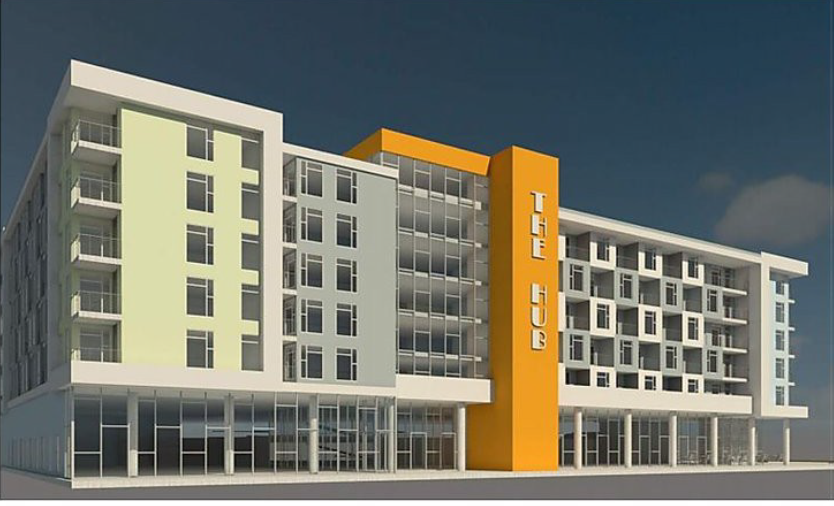Public Land and Community Ownership: lessons from Denver

A few weeks ago, GCC hosted an event with Montbello Organizing Committee (MOC), a community-based organization in the Montbello neighborhood of Denver. We were also joined by Mile High Connects, a cross-sector partnership in Denver that is part of the national SPARCC network along with GCC.
Donna Garnett, Executive Director of MOC, talked to GCC partners about the organization’s experience trying to buy a piece of public land owned by the regional transit agency RTD. MOC sought this piece of land (formerly a Park & Ride) to build a mixed-use facility with affordable housing, a grocery store, and an arts and culture space. They envision this space as the hub for their broader Freshlo Initiative, a “comprehensive community economic development program” that includes a fresh food access program and a walkable loop to connect schools, parks, and community gardens in the neighborhood.
We learned so much from Donna about what it takes to make a project like this come to fruition and the role of different stakeholders, including funders, elected officials, and “grasstops” advocacy organizations. Given GCC’s focus on public land and community ownership, a lot of us were especially interested in thinking about how community organizations in the Bay Area could directly buy and develop surplus land from public agencies to better promote our communities’ well-being.
Here are some key takeaways that we wanted to share back with our partners in the Bay Area and the public more broadly.
- Development projects should be led by and serve the needs of the local community. Montbello is a lower-income and very diverse neighborhood where a lot of residents are transit-dependent. MOC began this project with a “Turkey and Tamales” community event in 2014 in order to understand challenges in the neighborhood. They also conducted resident focus groups and surveys to develop a set of project principles. Donna also pointed out the contrast between MOC’s grassroots vision for the community and RTD’s top-down agenda (building out Denver’s regional train system while cutting local bus lines from the Park & Ride).
- Projects like this take a “perfect storm” of residents and stakeholders. Donna noted that although this was a grassroots project, its ambitious vision required support from allies in government and more “grasstops” nonprofit organizations. Some of MOC’s Board members are well-connected in Denver and helped build support from the mayor and city council. Actively involving elected leaders throughout the development process helped build trust and buy-in.
- Funders play a critical role but need to let grassroots organizations lead. MOC’s project is one of 23 national Freshlo Initiatives funded by the Kresge Foundation. It has also received funding from the Colorado Health Foundation and the Denver Foundation. Donna highlighted the key role that Kresge and other foundations played in raising money and interest in the project. She also emphasized that funders should pay community partners what they’re worth and support peer-to-peer learning among organizations, rather than always bringing in technical experts. MOC benefited from site visits to similar projects in Portland and Minneapolis.
- Housing justice intersects with other issues like health and the arts. Donna did a great job of reminding us that our effort to build more equitable, sustainable communities is not just about housing. MOC’s plan focuses on the social determinants of health (especially food access and walkability) and promoting arts and cultural heritage. MOC worked with the Colorado Black Arts Movement on the arts component, recognizing the deep impact that COVID-19 has had on Black communities and artists. On the housing side, all the units are for low-income residents (30-70% AMI) and include many 3-bedroom units for larger families.
- Virtual organizing helps pressure government to act. Since the pandemic started, MOC mobilized its members to show up at virtual city council and RTD meetings to give public comment. For example, they got over 1,000 people to show up to a public meeting in support of this project applying for LIHTC financing. This helped overcome some intransigence from RTD staff during negotiations over the land acquisition.


